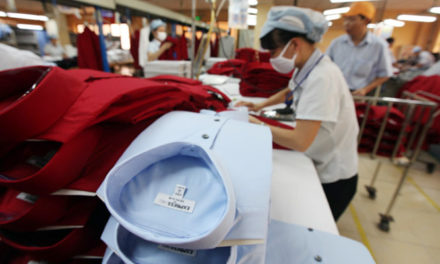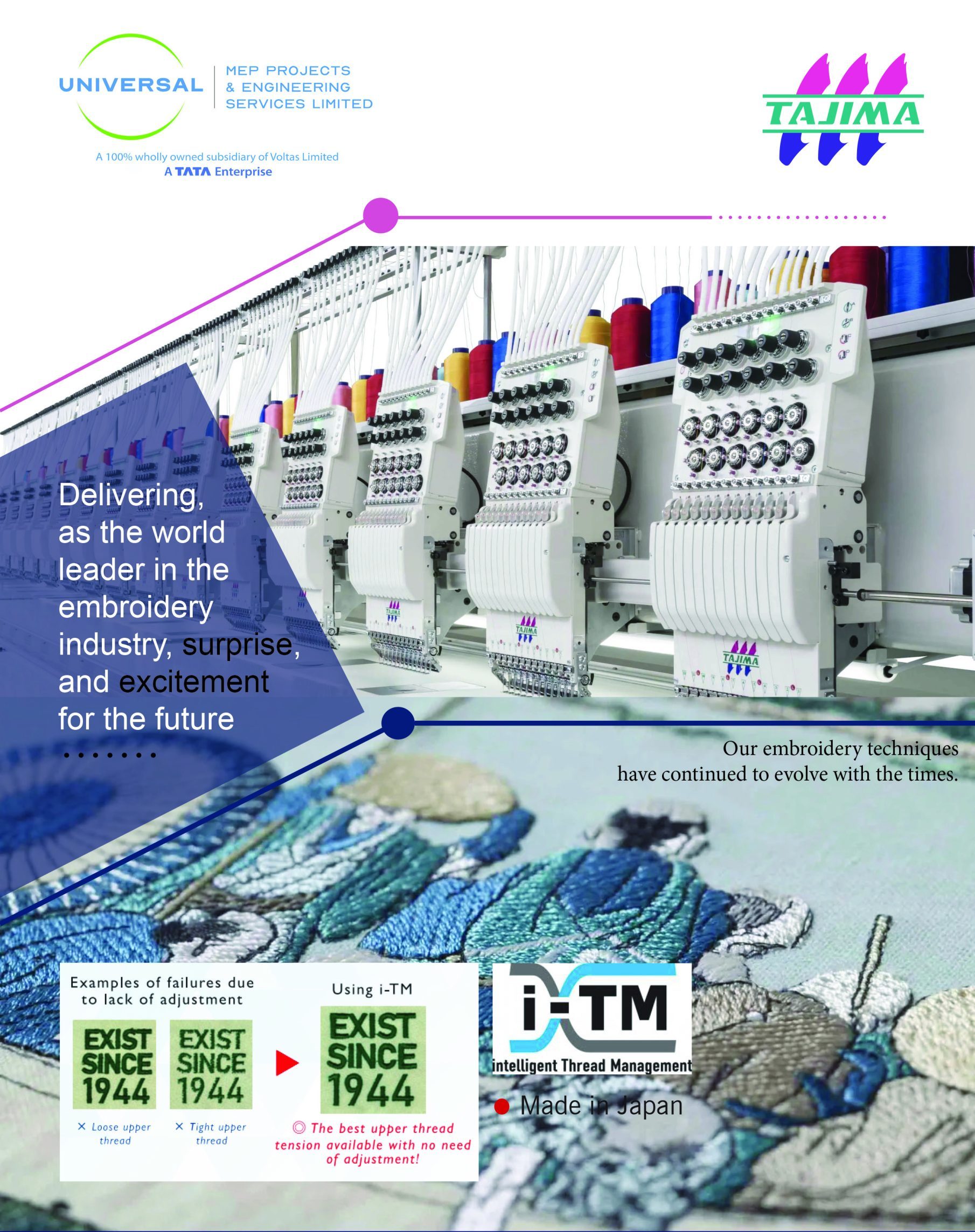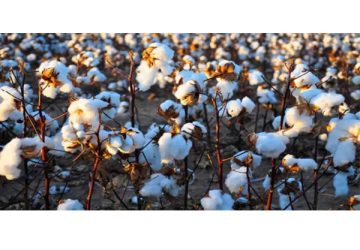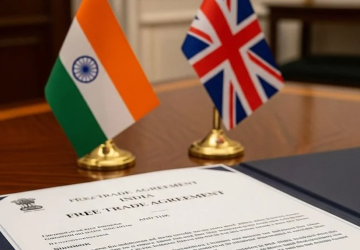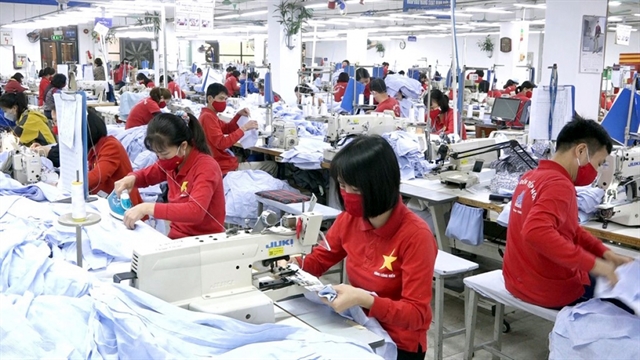 Vietnam was the largest supplier of apparel products to the US in the first seven months of 2025, overtaking China for the first time ever as fashion brands diversified sourcing in response to tariffs. Between January and July 2025, the US imported almost $9.5bn of apparel products from Vietnam, an increase of 17.5 per cent on the same period of 2024, according to the US Office of Textiles and Apparel data. Apparel imports from China dropped 21 per cent to $6.9bn over the same periods.
Vietnam was the largest supplier of apparel products to the US in the first seven months of 2025, overtaking China for the first time ever as fashion brands diversified sourcing in response to tariffs. Between January and July 2025, the US imported almost $9.5bn of apparel products from Vietnam, an increase of 17.5 per cent on the same period of 2024, according to the US Office of Textiles and Apparel data. Apparel imports from China dropped 21 per cent to $6.9bn over the same periods.
US tariffs imposed on Vietnam, set at 20 per cent from August 7, have challenged the south-east Asian country’s access to its largest export market. But higher tariffs on China, estimated at an average of 57.6 per cent by the Peterson Institute for International Economics, have been a boon for the country and other alternative apparel suppliers in Asia.
Vietnam accounted for 20.6 per cent of US apparel imports in the seven months to July 2025, higher than any previous full year on record. China’s share has fallen to 15 per cent from a peak of 40 per cent in 2010. India and Bangladesh’s share of US apparel imports has also grown.
Vietnam’s rise as a clothing export hub has been helped by its relatively low labour costs, new trade deals and improved connectivity to the US. Foreign companies, including many from China, have also shifted their production bases to the country since Donald Trump’s first term.
Vietnam attracted 65 foreign direct investment projects in textiles manufacturing worth over $4.6bn since 2018, more than any other country, shows fDi Markets, a greenfield investment announcement tracker.
However, a significant share of Vietnam’s apparel exports come from China-owned or -backed manufacturers, says Mickaël Driol, Ho Chi Minh-based CEO of consultancy Mekong Partners. “Much of that production capacity has simply been relocated, not reinvented,” he explains.
Should the Trump administration link ‘transshipment’ with rules of origin and limit the use of China-originating content, it could impose significant challenges for Vietnam’s garment exports
Said by Sheng Lu, University of Delaware.
A trade deal signed between Washington and Hanoi on July 2 set a 20 per cent tariff rate. But an additional 40 per cent tariff on goods “transshipped to evade applicable duties” was announced on July 31. This has created uncertainty for Vietnamese exporters reliant on China.
“Should the Trump administration link ‘transshipment’ with rules of origin and limit the use of China-originating content, it could impose significant challenges for Vietnam’s garment exports,” says Sheng Lu, associate professor of fashion and apparel studies at the University of Delaware.
Despite risks, other indicators show Vietnam is receiving significant orders from the US. Data from Vizion TradeView shows bookings of 20-foot containers of knitted apparel from Vietnam to the US surged to a record high of 9,027 in the week ending September 28.
Vizion CEO Kyle Henderson notes that Vietnam has been “a major, but not exclusive, beneficiary” from US fashion companies’ pursuit of resilience through geographic diversification. But despite Vietnam gaining “from the China-diversification trend, future growth is constrained by a heavy reliance on imported fabric,” he adds.
Vietnam’s status as an apparel and textile production hub has undoubtedly grown. But the country will need to “build resilience and credibility” given compliance, sustainability and supply chain transparency are increasingly driving apparel sourcing decisions, notes Driol.
Nonetheless, the direction of travel away from China is expected to continue. A survey by Lu of 25 US fashion brands and retailers from April to June 2025 showed more than 80 per cent plan to further reduce their apparel sourcing from China by 2027.



